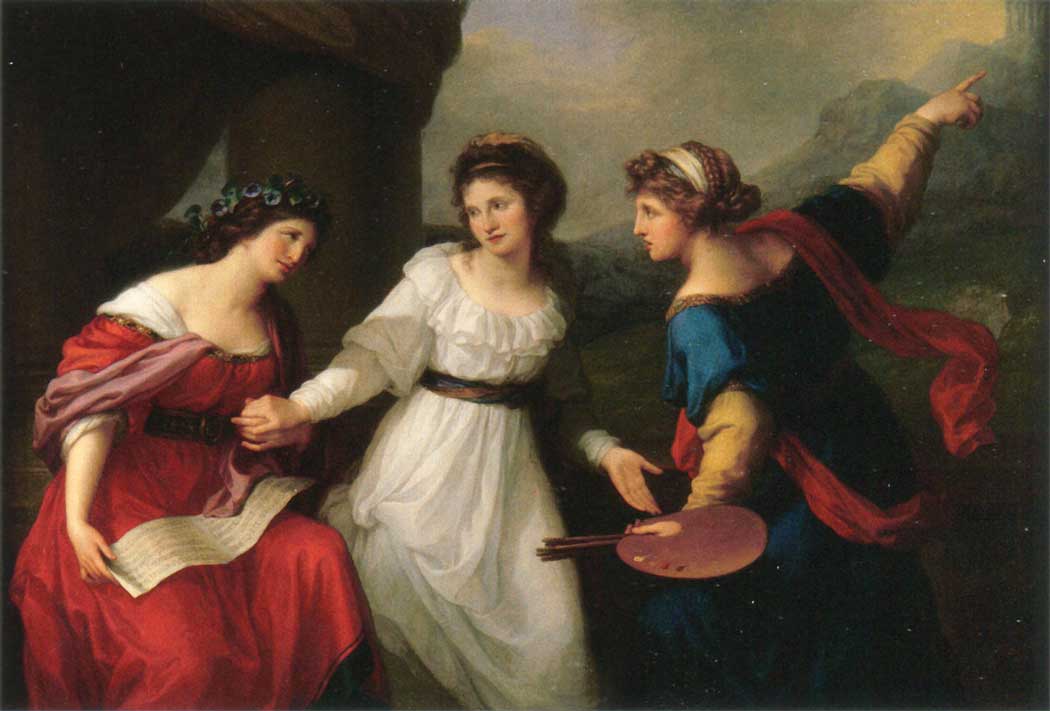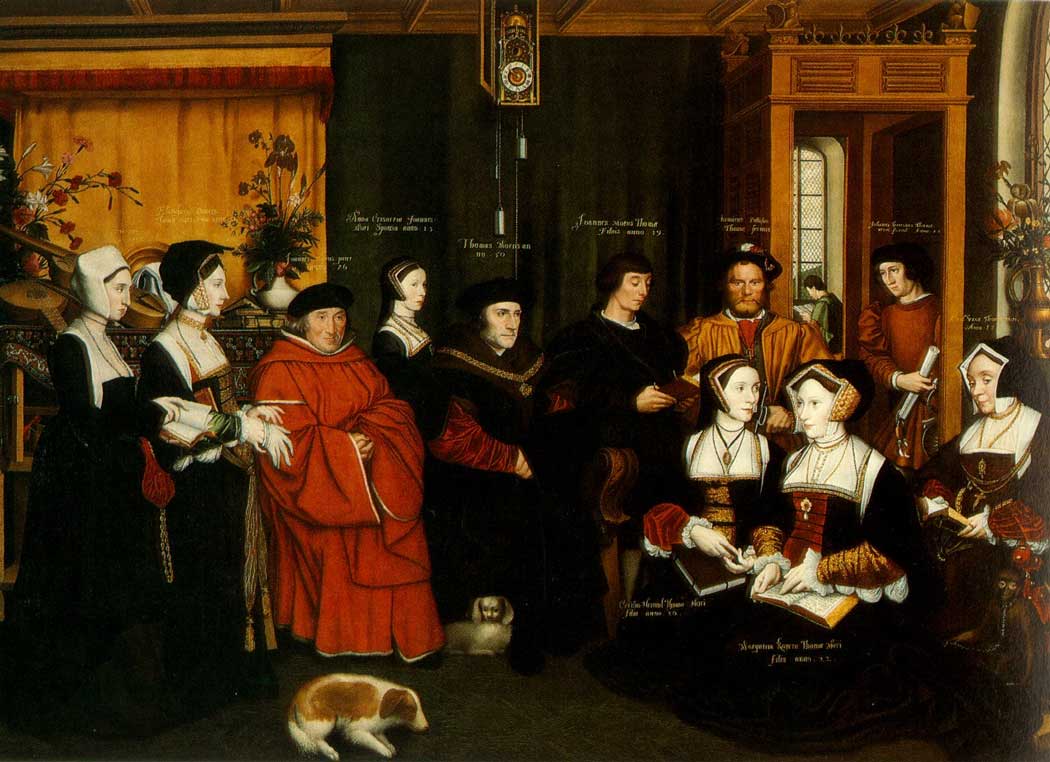Nostell Priory is a Palladian-style country house surrounded by parkland, around 10km (6 miles) east of Wakefield. The manor house was built in the 18th century on the site of a 12th-century priory.
The estate was purchased in 1654 by London alderman and textile merchant, Sir Rowland Winn although construction of the house did not begin until 1733. The Winn family later became wealthy through mining, first by coal mining on the estate and later by mining iron ore in Lincolnshire.
The house was built by James Paine and Robert Adam was commissioned to design extensions to the house including the double staircase at the entrance to the house as well as other buildings on the estate. Paine and Adam were among the leading architects of their time and Robert Adam’s other work includes Bowood House, Harewood House, Kenwood House as well as Pulteney Bridge in Bath.
In 1953 the house became a National Trust property and it has been known as both Nostell Priory and Parkland and simply as Nostell.
![The front of Nostell Priory near Wakefield in West Yorkshire. The double entry staircase and the extension to the side were added by Robert Adam. (Photo: Wehha [CC BY-SA 3.0])](https://englandrover.com/wp-content/uploads/2021/02/nostel-priory-front.jpg)
What to see at Nostell Priory
Nostell Priory is essentially a Palladian-style house that has been given a neo-classical makeover and it features intricate plasterwork and the manor house is noted for its large collection of Chippendale furniture and also for its art collection.
There are over 100 Chippendale pieces in the house and all the Chippendale furniture was commissioned by Sir Rowland Winn.
Highlights of the art collection include a portrait of Sir Rowland Winn and his wife Sabine Louise d’Hervart by Hugh Douglas Hamilton, Self-portrait Hesitating between the Arts of Music and Painting by Angelica Kauffmann, The Procession to Calvary by Pieter Brueghel the Younger and Scene from Shakespeare’s The Tempest by William Hogarth. The art collection also includes what is considered to be the most faithful reproduction of, the now destroyed, Sir Thomas More and Family by Hans Holbein.


Nostell is home to an early 18th-century longcase clock with a mostly wooden movement. The clock was made by John Harrison, who was born at Nostell and is best known for inventing the marine chronometer used for calculating longitude at sea. The clock is the centrepiece of The Clock Stops exhibition, which focuses on Harrison’s life and legacy.
Nostell Priory is set amongst 121ha (300 acres) of parkland, which includes gardens, lakes and woodland.
![The Lower Lake at Nostell Priory. (Photo: Wehha [CC BY-SA 3.0])](https://englandrover.com/wp-content/uploads/2021/02/nostel-priory-lake.jpg)
Visiting Nostell Priory
Nostell Priory is located in the countryside just off the A638 Doncaster Road around 10km (6 miles) east of Wakefield. The priory gates are around a 20-minute bus ride from Wakefield city centre, although the big house is a further 10-minute walk from the bus stop.
Admission is free of charge for National Trust members but it can be an expensive place to visit if you’re not a member.
The location in the countryside means that there is little choice of places to eat and drink other than the National Trust cafe inside the courtyard of the old stables. However, you have the option of bringing your own picnic lunch.
![The National Trust operate a cafe in the stables block courtyard at Nostell Priory. (Photo: Wehha [CC BY-SA 3.0])](https://englandrover.com/wp-content/uploads/2021/02/nostel-priory-courtyard.jpg)


There are no comments yet.